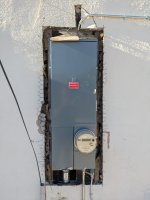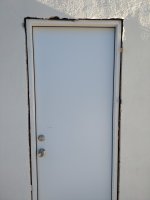I not going to read the whole thread... But this is something new



The 2023 NEC® is permitting a new branch circuit rated at
10 amperes. This new ampere rating will allow for better overload protection of circuits with LED lighting. Because LED loads are often very efficient with minimal current draw, it is important to lower the ratings to better protect these circuits from potential overloads that m
Of all the significant changes proposed in the 2023 National Electrical Code, the introduction of the new 10-amp branch circuit seems to be quite significant.

dailyreporter.com







